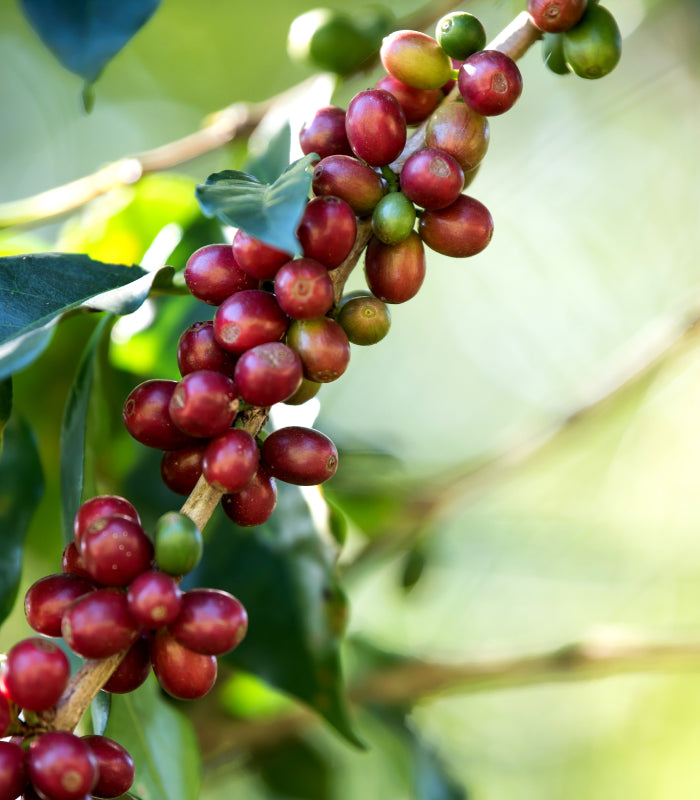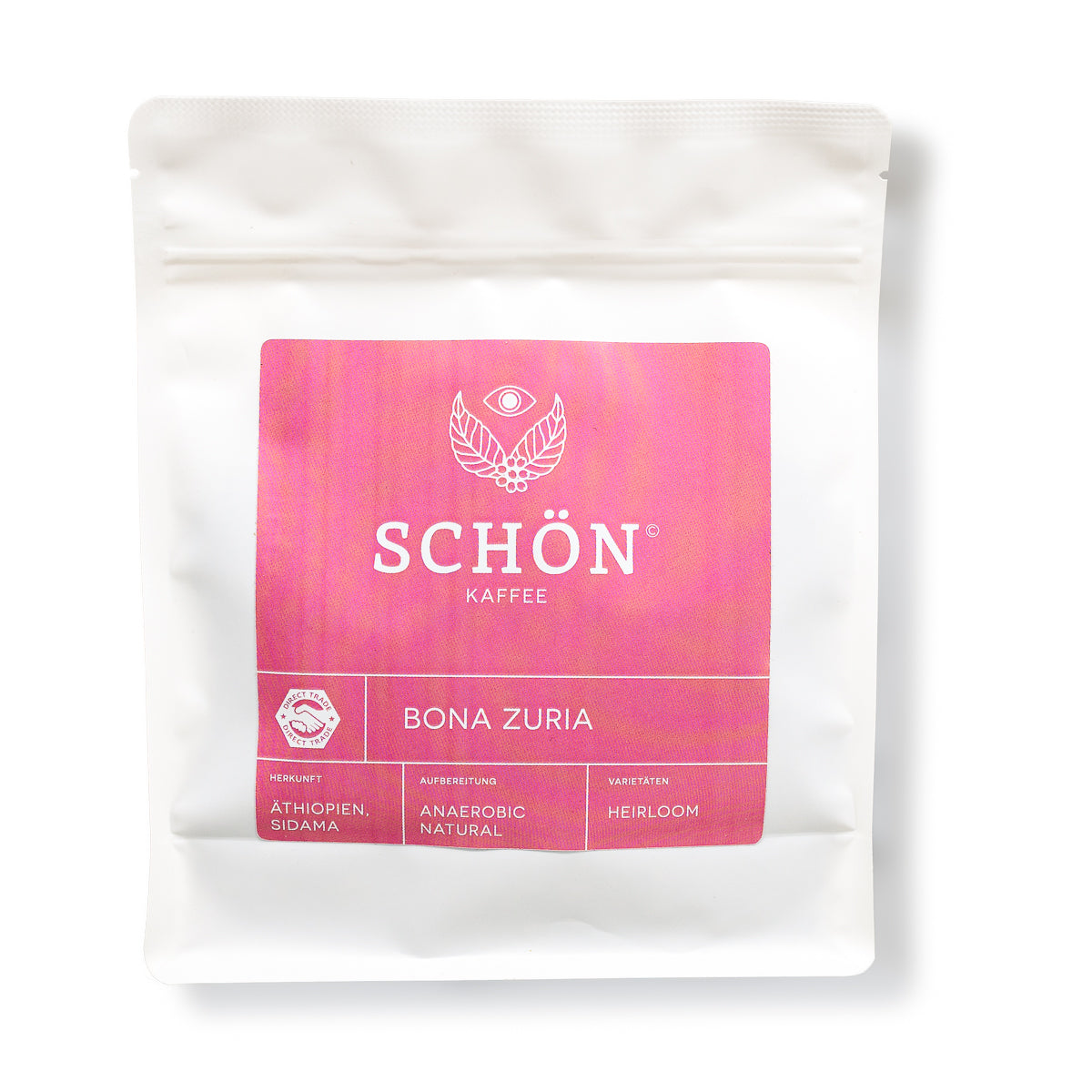Description
Description
Origin
Origin
Brew Advice
Brew Advice

Always fresh
For incomparable taste
We roast several times a week.

Secure payment
Choose from a variety of
secure payment options.

FAST DELIVERY
Safe and reliable with DHL
shipped. Directly to your home.
roasting
Filter roasting
Our filter roast is generally lighter than the espresso roast and is specially optimized for use in all types of hand filters, AeroPress, Switch, Syphon, Pulsar and Moccamaster . This roast brings out the fruitiness and sweetness of the coffee perfectly and is not recommended for use in fully automatic machines , regardless of the degree of roast.
Light roast
The light roast, with a roasting time of 7 to 10 minutes , emphasizes mainly fruity aromas, without dominant roasted aromas. The body can vary from light to medium, with increased acidity often noticeable. This roast is ideal for lovers of fruity and floral coffees .
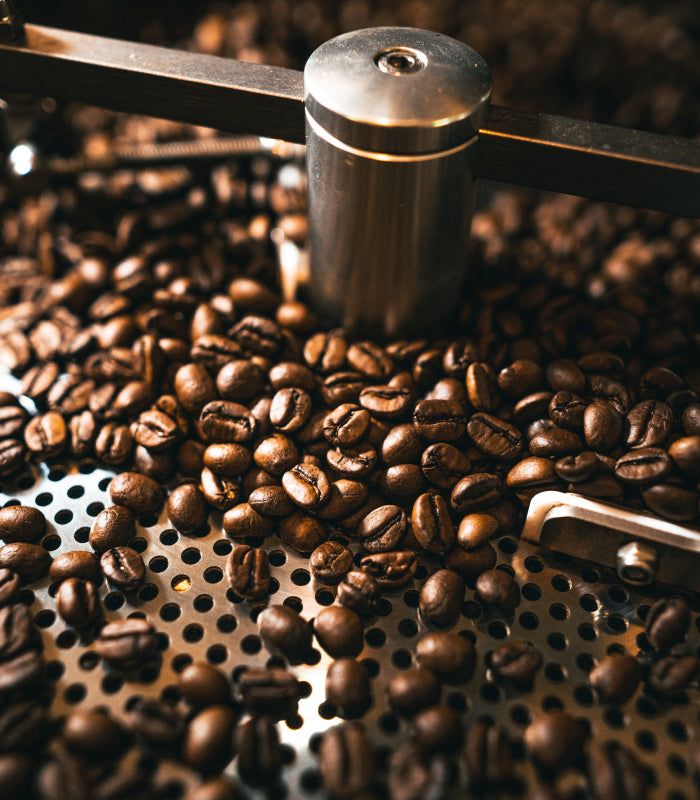
processing
Natural Process
In the Natural Process (also called dry processing), the coffee cherries are washed after harvest and sorted by size . The cherries, still with their pulp, are laid out to dry on drying beds or large tarps directly on the ground . Regular turning is necessary to prevent rotting. During rain and sometimes at night, the cherries must be covered to protect them from moisture. Some farms also use greenhouses for this purpose. After drying, further processing takes place in the dry mill, where grading also takes place.
Anaerobic treatment
In anaerobic processing, the coffee cherries are fermented anaerobically before the actual processing begins . They are stored in tanks or plastic bags without oxygen . This can last for several hours or weeks . Sometimes yeast is added (yeast fermented), which further increases the variety of flavors. Coffees from anaerobic processing often have very intense, sometimes sour or alcoholic flavors (rum, whiskey, etc.) or even unnatural flavors (gummy bears, etc.). Sometimes, however, super clean and delicate flavors also emerge. This method requires a lot of sensitivity from the coffee farmer to achieve the perfect balance and purity of flavor. Sometimes a combination of fermentation and drying is chosen , as in double fermentation.
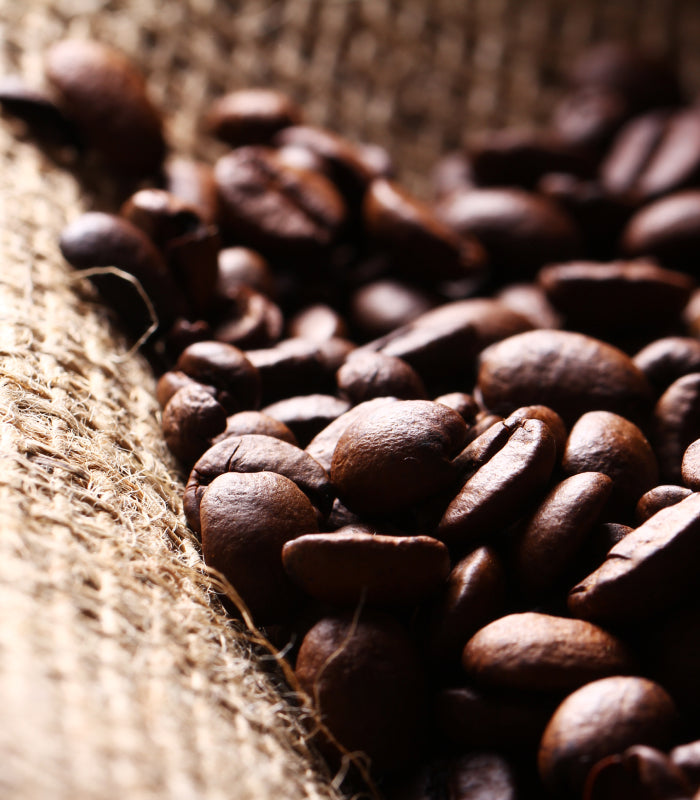
Cultivation land
Coffee cultivation in Ethiopia
Ethiopia is considered the birthplace of coffee , with a fascinating history of discovery dating back to goats and their herder, the Kaldi . Ethiopian coffee is known for its wide variety of heirloom varieties found in no other region of the world. Often offering floral and fruity flavors, the beans from Ethiopia are renowned for their quality and uniqueness .
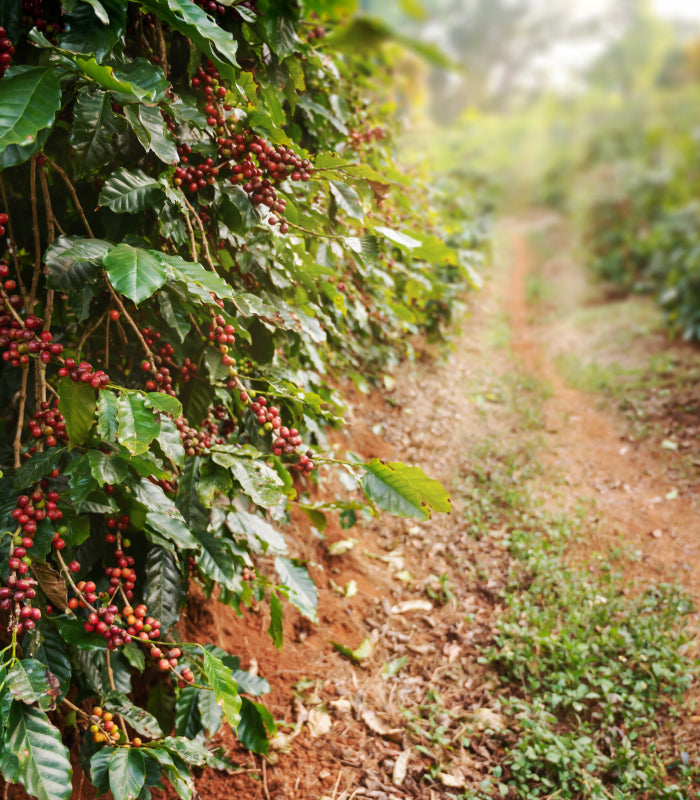
Coffee specialties
Microlot: Exclusive small batches
A microlot represents a high-quality, small batch of coffee that is selected for special characteristics such as a special variety, exceptional growing conditions or an innovative processing method such as anaerobic fermentation . These coffees often come from a specific part of a farm where the soil, microclimate and sunlight provide optimal conditions for growing. Microlots are known for their high quality and limited availability and often offer unique flavor profiles that set them apart from standard coffees.
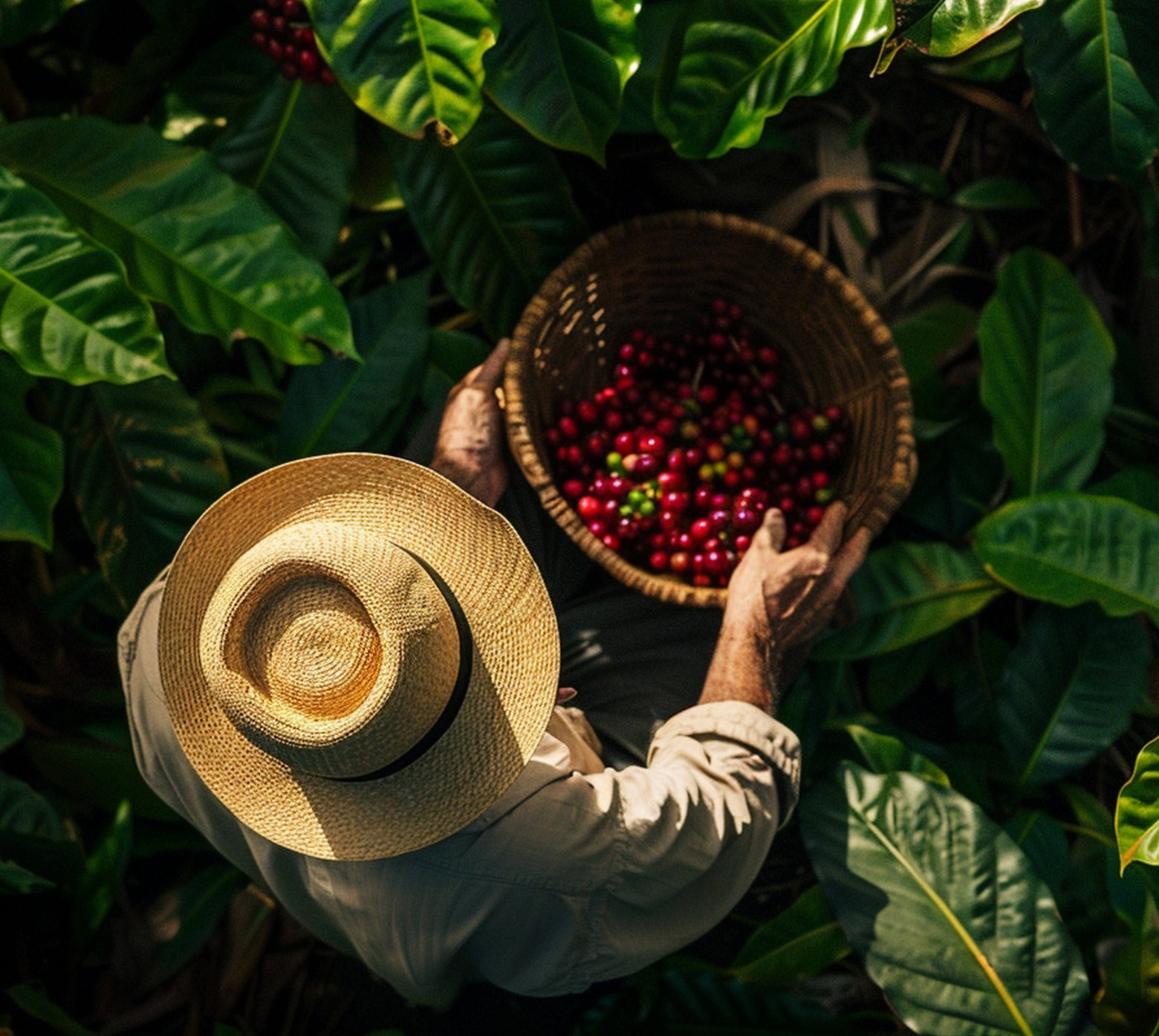
Types of coffee
Arabica
Arabica is the most widely consumed type of coffee in the world and is generally considered to be of higher quality compared to Robusta. Arabica coffee is characterized by a delicate flavor profile that can range from fruity to chocolatey-nutty flavors . This diversity is partly due to the variety, the country where it is grown, the soil, and especially the altitude. Arabica is grown at higher altitudes, typically above 1000 meters , where the slower growing conditions encourage the development of richer and more complex flavors. However, Arabica is also more susceptible to pests and fungal diseases such as coffee rust . More recently, Arabica-Robusta hybrids have also been developed to combine the robustness of Robusta with the delicate flavor characteristics of Arabica.
